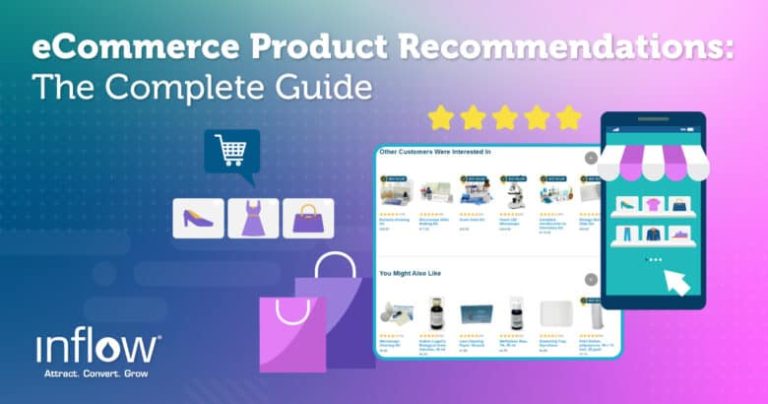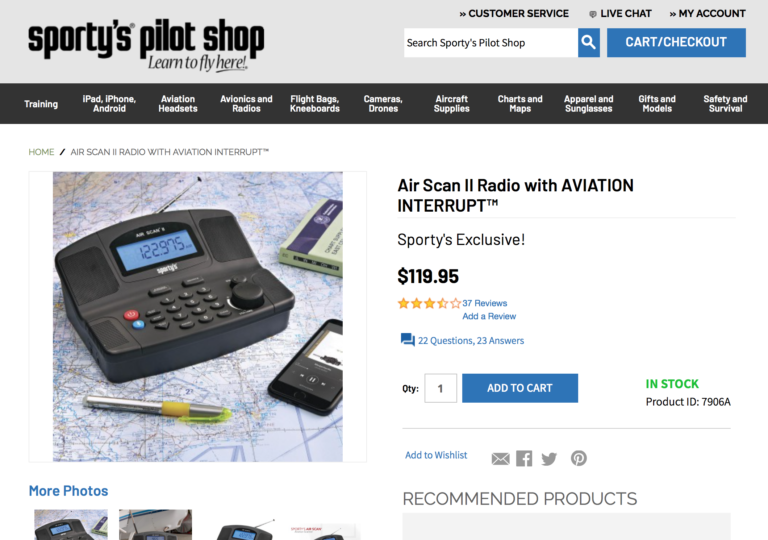

Mobile devices connect more than 4.5 billion people to the internet—that’s over half of the global population! People are also spending an inordinate amount of time at home these days, which means a significant amount of shopping is being conducted via cell phones.
Mobile eCommerce was expected to grow 20% in 2020, and expected to surpass 50% of total US eCommerce sales in less than two years—there is a huge opportunity for online retailers. Take this time now to optimize your mobile experience ahead of the holidays to reduce cart abandonment and enhance your web store’s checkout and overall shopping experience.
Read on for advice on how to create a superior mobile eCommerce experience and seize the moment this holiday season brings.
Provide a Seamless Mobile Checkout Experience
There are so many potential obstacles in your way as an online retailer—don’t blow it right before the finish line! A smooth checkout experience is crucial for conversions. Unfortunately, 85% of cart abandonment on mobile happens at checkout. This checkout conversion problem results in a whopping $1 trillion in abandoned checkouts in the US alone, and more than $10 trillion globally each year.
The biggest reasons for mobile cart abandonment are requiring a shopper to create an account (34%), having a long or complicated checkout process (26%), and not enabling a shopper to calculate their order total up front (21%), according to a study.
This is why it’s so important to offer guest checkout on your web store, particularly during the busy holiday season. Third-party payment solutions can also ease issues and provide a more seamless mobile checkout experience. Enable services such as PayPal, Amazon Pay, Google Pay and Apple Pay to make it easy for shoppers to swiftly make their purchases, without having to pull out their credit card. Offering these eCommerce options also adds an extra level of credibility, and saves your customer from having to enter their shipping information too, as it’s stored with their payment information.
Optimize Everything for Mobile
52% of 18-to 25-year-olds in the US prefer to use a smartphone to buy physical goods online, according to Forrester. This means that eCommerce sites that cater to mobile browsers have a huge advantage, by catching customers where and how they shop.
To drive conversions with these shoppers it’s important to fully optimize your mobile shopping experience. After you’ve ensured your checkout experience is safe and easy to use, look at the rest of your purchase flow. Retarget interested shoppers with a thoughtful strategy aimed at people who have expressed interest in your product in the past. You also need to send abandoned cart notifications to reel back shoppers who dropped off along the way. Often cart abandonment is caused by slow load times, so increase your site performance to ensure you’re maximizing your traffic.
Look out for any gates that may be obstructing your purchase funnels. You want to be guiding customers from interest to intent to purchase. Gates create friction in the shopping experience where customers are forced to input information or take an unwanted action—don’t make people answer surveys or add personal information where it’s not necessary. Offer product-page checkout or instant checkout as an alternate checkout option to increase the speed with which shoppers can purchase.
Use Deep Linking
Deep linking is a powerful way to increase conversions through seamless user experiences across paid advertising, email, SMS campaigns, referral programs and more. By facilitating relevant experiences, you can generate higher conversion rates and retain more customers.
Native deep linking solutions exist for both Android and iOS, but for more robust, universal deep linking tools, it’s recommended to use a holistic attribution provider. AppsFlyer’s OneLink is one example that leverages attribution data to generate a single link that can automatically detect a user’s device, channel, platform and app state (installed or not), so that you can then send them to the optimal web or app page.
Your shoppers are probably using multiple devices to browse and then purchase from your store, so this holistic attribution data can give you valuable insights into their entire user journey. This includes finding out the specific web, app and owned marketing touchpoints that drove them to engage with your store. You can then use these insights to optimize your marketing and segment your audience, in order to target and deliver personalized messaging to them across channels and devices.
Conclusion
These are just three strategies for implementing a highly optimized and successful mobile shopping experience. If you follow these tips, you’ll take convenience to the next level and exceed your customer’s expectations in an age where personalized, seamless experiences are key to a satisfying and successful mobile shopping experience. If you’d like a tailored approach to your business’s mobile holiday strategy, reach out to us today.
Get in Touch
Connect with one of our experts today to discuss your eCommerce needs!
Contact Us








